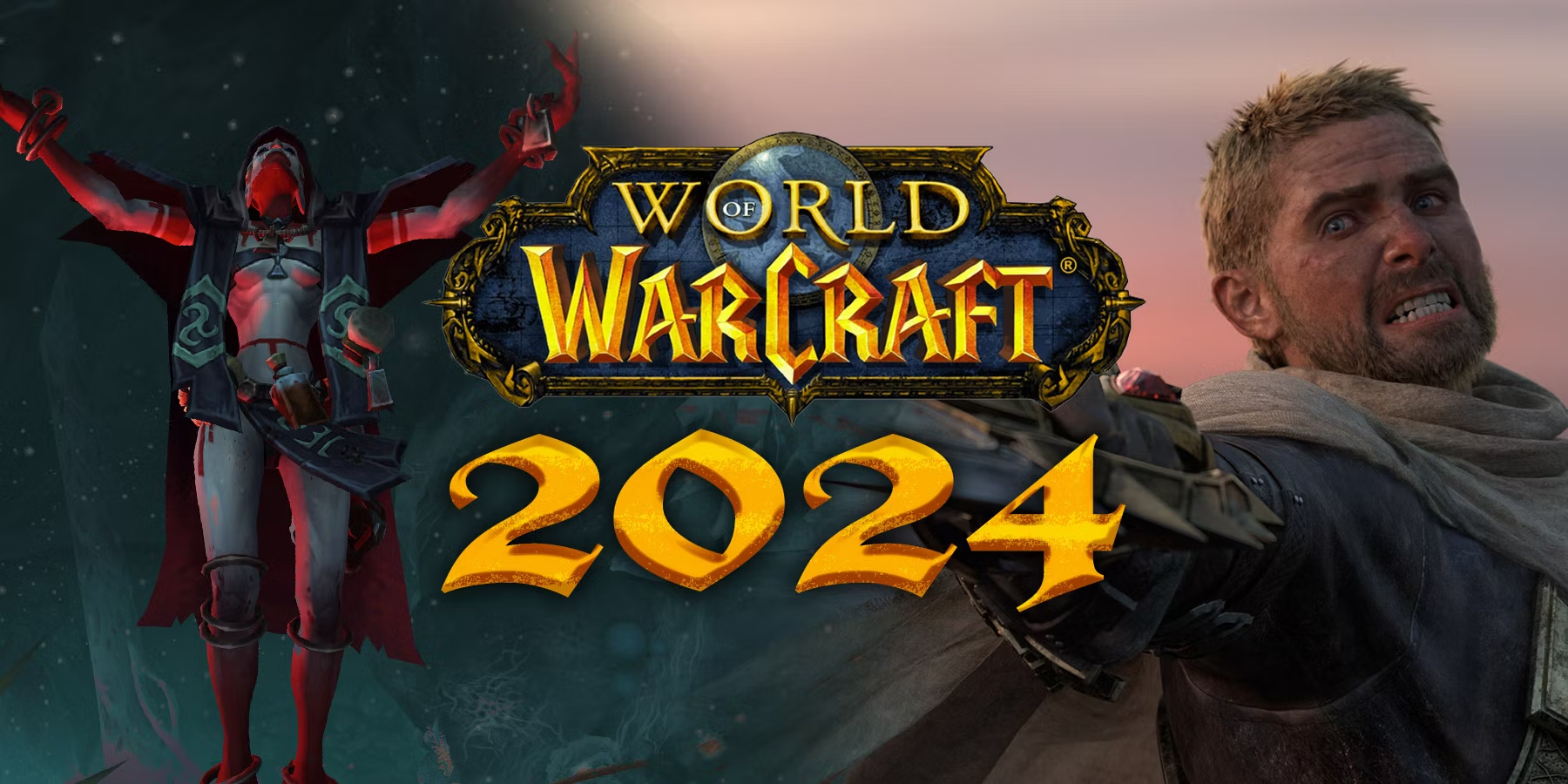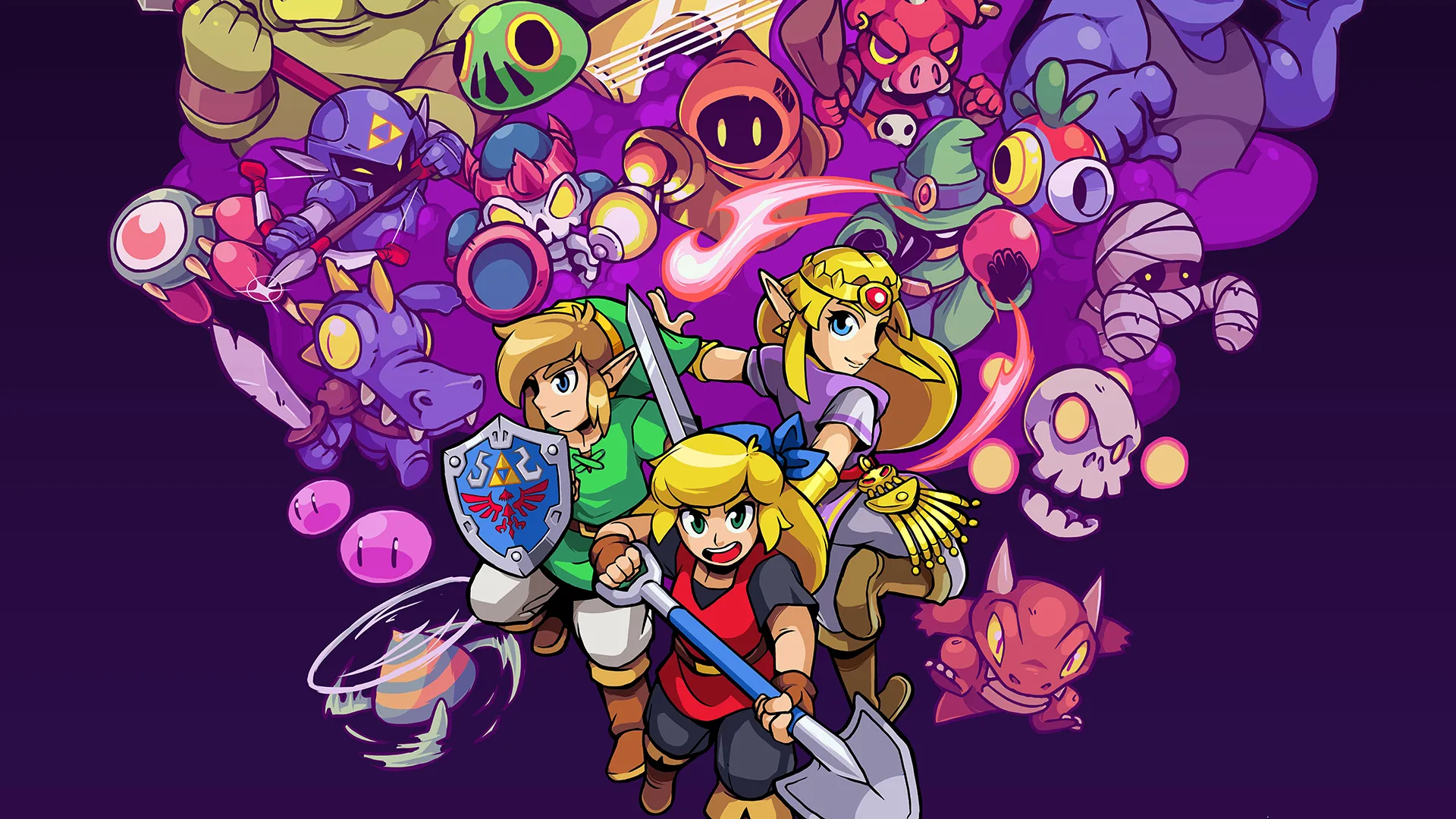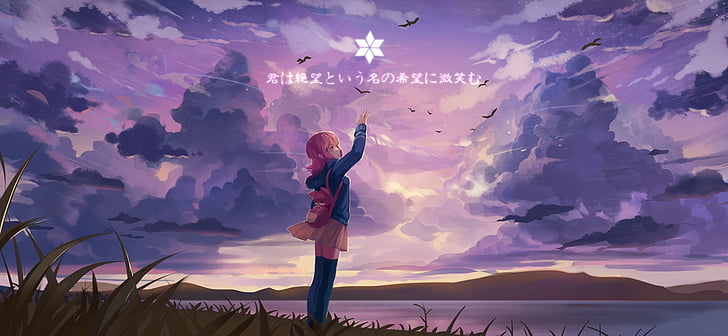Introduction to World of Warcraft
World of Warcraft (WoW) is a massively multiplayer online role-playing game (MMORPG) developed by Blizzard Entertainment and released in 2004. As one of the most influential and enduring games in the genre, World of Warcraft has set the standard for MMORPGs with its rich lore, expansive world, and innovative gameplay. This article provides a comprehensive review of World of Warcraft, exploring its development, gameplay mechanics, expansions, critical reception, and lasting impact on the gaming industry.
The Development and Launch of World of Warcraft
The Creation and Vision Behind World of Warcraft
World of Warcraft was conceived as a way to expand the popular Warcraft series into the realm of MMORPGs. Key aspects of its development include:
- Development Team and Vision: Led by Blizzard Entertainment, the development team aimed to create a vast, immersive world where players could explore, interact, and engage in epic quests. The game was designed to build on the success of the Warcraft real-time strategy games while introducing new gameplay elements and features.
- Technological Innovations: World of Warcraft utilized cutting-edge technology for its time, including advanced graphics and server technology to support the large-scale, persistent world that players would inhabit.
The Launch and Initial Reception of World of Warcraft
World of Warcraft was officially released on November 23, 2004. The game’s launch was met with significant anticipation and excitement, due to its innovative approach to MMORPGs. Key points regarding its release include:
- Initial Success: The game quickly became a commercial success, with millions of players subscribing and exploring the world of Azeroth. It garnered praise for its immersive gameplay, engaging quests, and detailed world-building.
- Critical Acclaim: World of Warcraft received positive reviews from critics and players alike, who highlighted its depth, creativity, and the sense of community it fostered.
Gameplay Mechanics and Features
Core Gameplay Elements of World of Warcraft
World of Warcraft features a wide array of gameplay mechanics that contribute to its depth and appeal. Key gameplay elements include:
- Character Creation and Customization: Players begin by creating a character from a variety of races and classes. The game offers extensive customization options, allowing players to tailor their characters to their preferred playstyle.
- Questing and Exploration: The game’s quest system provides players with a plethora of missions and objectives. Quests range from simple fetch tasks to complex, multi-part storylines that immerse players in the lore of Azeroth.
- Combat System: World of Warcraft features a dynamic combat system that combines real-time action with strategic decision-making. Players engage in battles using a variety of abilities, spells, and tactics.
The Social and Multiplayer Aspects
One of the hallmarks of World of Warcraft is its emphasis on social interaction and multiplayer gameplay. Key aspects include:
- Guilds and Communities: Players can join guilds, which are groups of players who collaborate on quests, raids, and other activities. Guilds provide a sense of community and support for players.
- Raids and Dungeons: The game features challenging raid and dungeon content that requires teamwork and coordination. Raids involve large groups of players tackling powerful bosses, while dungeons offer smaller-scale challenges.
- Player vs. Player (PvP) Combat: World of Warcraft includes PvP options, allowing players to engage in combat against other players. This includes battlegrounds, arenas, and world PvP zones.
Expansions and Updates
Major Expansions of World of Warcraft
Since its launch, World of Warcraft has seen several major expansions that have expanded the game’s content and features. Key expansions include:
- The Burning Crusade (2007): The first expansion introduced new continents, races, and classes, as well as a new level cap. It expanded the lore of the game with the addition of the shattered world of Outland.
- Wrath of the Lich King (2008): This expansion brought the story of the Lich King and the icy continent of Northrend. It introduced the Death Knight class and raised the level cap further.
- Cataclysm (2010): Cataclysm radically altered the game world with the arrival of the corrupted Dragon Aspect, Deathwing. The expansion introduced new races and revamped many existing zones.
- Mists of Pandaria (2012): Mists of Pandaria introduced the Pandaren race and the mystical land of Pandaria. It added new gameplay features and a new level cap.
- Warlords of Draenor (2014): This expansion explored an alternate-timeline version of the shattered world of Draenor. It introduced the Garrison system and new high-level content.
- Legion (2016): Legion focused on the invasion of the Burning Legion and introduced the Demon Hunter class. It also added the Broken Isles and significant updates to the game’s systems.
- Battle for Azeroth (2018): Battle for Azeroth reintroduced the conflict between the Alliance and Horde, adding new continents and storylines. It also introduced Allied Races and the Warfronts feature.
- Shadowlands (2020): Shadowlands took players to the realms of the afterlife and introduced the Covenants system. It expanded the game’s lore and added new gameplay features.
Ongoing Updates and Patches
World of Warcraft continues to receive updates and patches that add new content, balance changes, and quality-of-life improvements. Key aspects include:
- Regular Content Updates: Blizzard periodically releases content updates that introduce new quests, dungeons, and events. These updates keep the game fresh and engaging for players.
- Balance and Bug Fixes: Patches often address balance issues and fix bugs to improve the gameplay experience. These updates help maintain the game’s overall quality and fairness.
Critical Reception and Impact
Positive Reviews and Praise
World of Warcraft has been praised for several key aspects:
- World-Building and Lore: The game’s rich lore and expansive world-building have been consistently praised. The detailed history and setting of Azeroth create a captivating backdrop for gameplay.
- Gameplay Depth and Variety: Reviews often highlight the depth and variety of gameplay, from questing and exploration to raiding and PvP combat. The game’s ability to cater to different playstyles is a significant strength.
- Community and Social Interaction: The game’s focus on social interaction and community-building has been well-received. The sense of camaraderie and collaboration among players is a central feature of the experience.
Criticisms and Challenges
Despite its acclaim, World of Warcraft has faced criticism and challenges:
- Subscription Model: The game’s subscription-based model has been a point of contention for some players. The ongoing cost of maintaining a subscription can be a barrier for new or casual players.
- Content Overload: Some players have expressed concerns about the sheer volume of content and the complexity of the game. Keeping up with updates and expansions can be overwhelming.
- Balancing Issues: Balancing issues, particularly in PvP and end-game content, have been a recurring concern. Ensuring fairness and competitive integrity can be challenging in a game with such diverse mechanics.
Legacy and Influence
World of Warcraft’s legacy and influence on the gaming industry are significant:
- Impact on MMORPGs: World of Warcraft set a high standard for MMORPGs and influenced the design of many subsequent games in the genre. Its success demonstrated the potential of immersive, persistent worlds.
- Cultural Impact: The game has had a lasting cultural impact, with references in various media and a dedicated fanbase. Its influence extends beyond gaming into popular culture.
World of Warcraft Game Official Trailer by the Legendary MMORPGl Review
Frequently Asked Questions (FAQ): About World of Warcraft
Q1: What is World of Warcraft?
A: World of Warcraft is a massively multiplayer online role-playing game (MMORPG) developed by Blizzard Entertainment. Released in 2004, the game allows players to explore the world of Azeroth, complete quests, engage in combat, and interact with other players.
Q2: What are the core gameplay features of World of Warcraft?
A: Core gameplay features include character creation and customization, questing and exploration, combat mechanics, social interaction through guilds, and multiplayer content such as raids and dungeons. The game also offers PvP options and a rich narrative experience.
Q3: What are the major expansions for World of Warcraft?
A: Major expansions include The Burning Crusade, Wrath of the Lich King, Cataclysm, Mists of Pandaria, Warlords of Draenor, Legion, Battle for Azeroth, and Shadowlands. Each expansion introduces new content, features, and storylines to the game.
Q4: How does World of Warcraft’s subscription model work?
A: World of Warcraft operates on a subscription-based model, where players pay a monthly fee to access the game. This model provides access to the full game and its updates, with additional content often available through expansions.
Q5: What are the common criticisms of World of Warcraft?
A: Common criticisms include the ongoing cost of the subscription, the potential for content overload, and balancing issues in gameplay. Some players find it challenging to keep up with updates and expansions, and balancing competitive aspects can be difficult.
Q6: How has World of Warcraft influenced the gaming industry?
A: World of Warcraft has had a profound impact on the MMORPG genre and gaming industry as a whole. It set a high standard for MMORPG design, demonstrated the potential for immersive online worlds, and influenced the development of many subsequent games.
Conclusion
World of Warcraft stands as a monumental achievement in the MMORPG genre, with its rich lore, expansive world, and engaging gameplay. Since its launch in 2004, the game has evolved through numerous expansions and updates, continuing to captivate players and set the standard for online role-playing games. Its influence on the gaming industry and cultural impact ensure that World of Warcraft remains a landmark title in the world of gaming.



